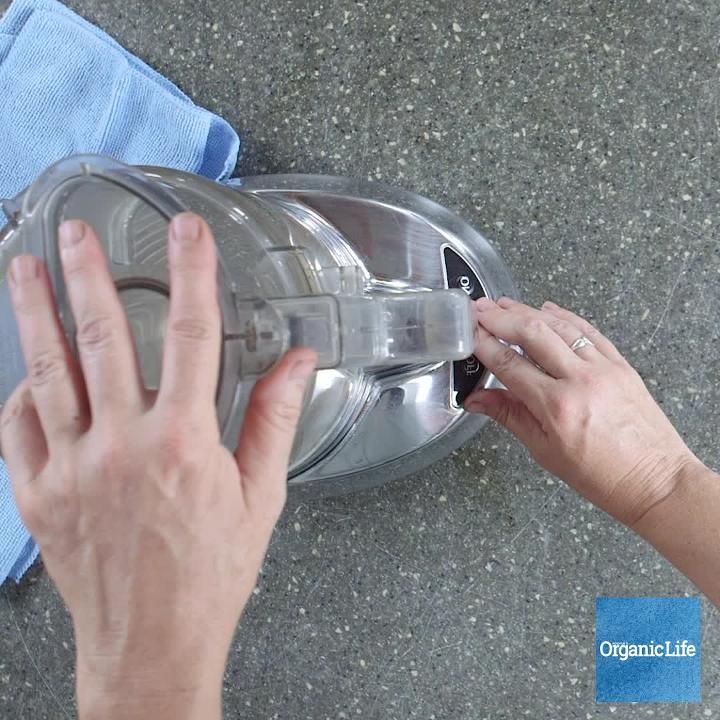There's so much we don't know about postpartum recovery—and so few people willing to discuss it candidly. “It’s easy to miss the bigger picture if you’re just looking at a woman’s private parts,” says Susie Gronski, DPT, PRPC, a board-certified pelvic rehabilitation practitioner who specializes in physical therapy. "The pelvic floor is just a piece of the puzzle," Gronski says, and it needs to be assessed in conjunction with the rest of the body. (Here are 8 bizarre things that happen to your body during pregnancy.)
Not all women have post-pregnancy complications, notes Gronski. “The body does a pretty good job at recovery for most women," says Gronski. Some will experience issues, however. Incontinence is one example—while common, it's not normal. “There are so many reasons why a woman could experience pain postpartum," says Gronski. On her list: nutrition, poor sleep, altered body mechanics, psychological and physical stress, and pre-baby health.
(Like what you're reading? Sign up for our newsletter to get health insights, clever kitchen tricks, gardening secrets, and more—delivered straight to your inbox. And follow along on Facebook and Instagram.)
Pelvic physical therapy (PPT) techniques vary from therapist to therapist—biofeedback, hands-on assessment and manipulation, and exercises are all common. Common signs that you can benefit from postpartum therapy are pain—in the pelvis, back, neck, jaw, or abs, or during intercourse—along with incontinence, constipation, diastasis recti, or prolapsed organs. "PPT can help re-train pelvic floor and abdominal function and coordination to optimize recovery and strength postpartum," says Gronski. Here are 4 reasons to consider pelvic physical therapy after giving birth.
Related: 3 Gentle Yoga Poses For New Moms
It might help your sex life
Sex is a concern for many women after giving birth. “Some women have no issues, but others might experience pain or lack of libido,” says Gronski. This could be due to many factors: stress, lack of sleep, family adjustments, relationship adjustments, and hormonal or physical changes. “Some of the clients I see come in complaining of painful intercourse due to an episiotomy scar. Teaching new moms how to work their own scar, relax their pelvic floor muscles, and relax their mind around pain associated with intercourse really helps,” says Gronski.
Related: Here's How I Got My Mojo Back After A Cesarean Busted My Natural Birth Plan
It benefits your health—both physical and mental
Postpartum therapy can serve as a valuable support system. “PPT takes the fear out of concerns like ‘Am I doing this right?’ or ‘’Maybe I’m hurting myself.’ and opens up the conversation to talk about sexual health and satisfaction,” says Gronski. She sees postpartum therapy as deeply empowering, and capable of strengthening both psychological and physical resilience. “We’re teaching women that they weren’t broken to begin with,” says Gronski. “ Studies have shown the more support a new mom has the less risk for postpartum depression and better outcomes to bounce right back."
Looking to de-stress? Try this calming lotion:
It could assist with your back pain
“Anatomically, the lower back and pelvic floor are intimately involved,” says Gronski. That means if you have low back pain, it’s worth exploring the pelvic floor. “If you think about your body like a canister, the pelvic floor is the bottom, the abs make up the front, and the spine and back muscles are the back of the container. All these structures work together to create stability, as well as control, strength, and normalize pressure systems. If one is not playing along nicely, chances are the rest are working harder to compensate,” Gronski explains.
Related: 9 Natural Remedies To Help New Moms
It won't hurt
“Pelvic floor therapy shouldn’t hurt,” Gronski says, adding that she rejects a “no pain, no gain” mentality. “I don’t believe in creating fear or pain during a session. It’s all about creating a safe, supportive environment to help enrich the lives of those you come in contact with," says Gronski. Along with exercises that can train the muscles in the pelvic floor and surrounding muscle groups, Gronski utilizes two physical therapy techniques: visceral manipulation (a gentle hands-on therapy that work on tissues around organ systems) or connective tissue mobilization (which releases restrictions of fascia and connective tissue).
Related: How To Get Back Into A Healthy Exercise Routine After A Baby
Gronski emphasizes that there's no time limit for postpartum physical therapy. “Nothing is ever stagnant in this world, and neither is your health. Postpartum therapy helps women across their lifespan,” she says.














